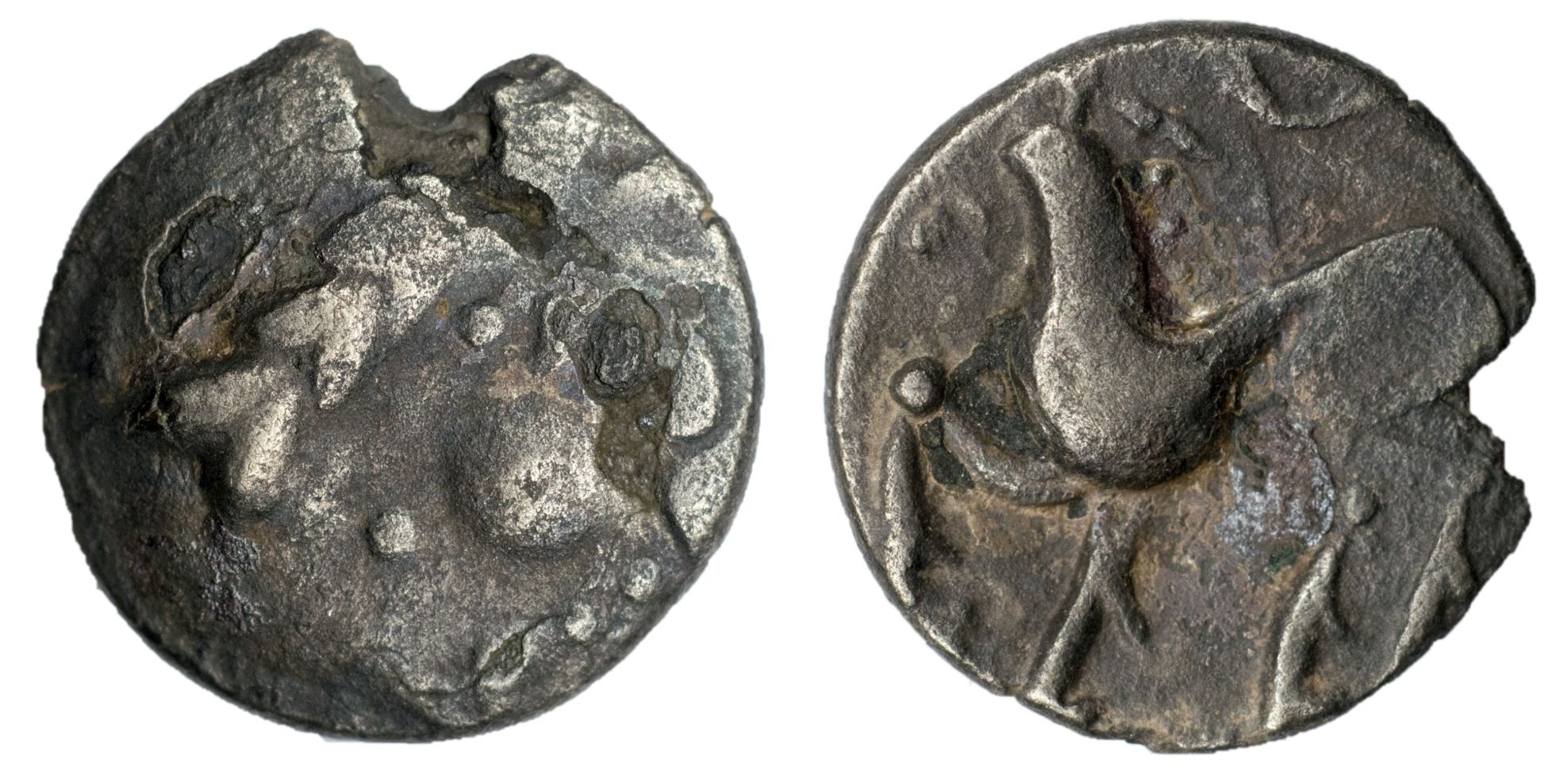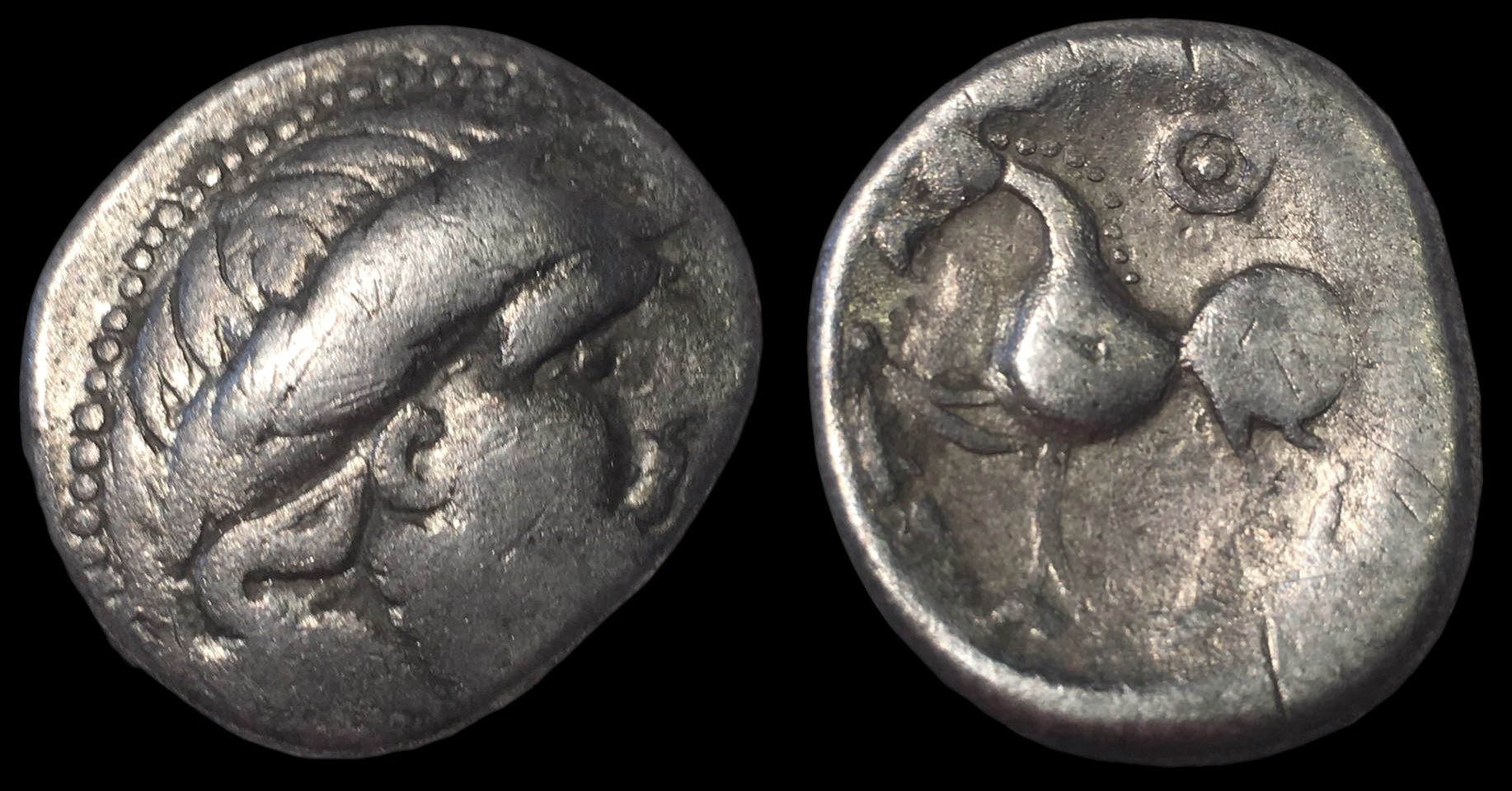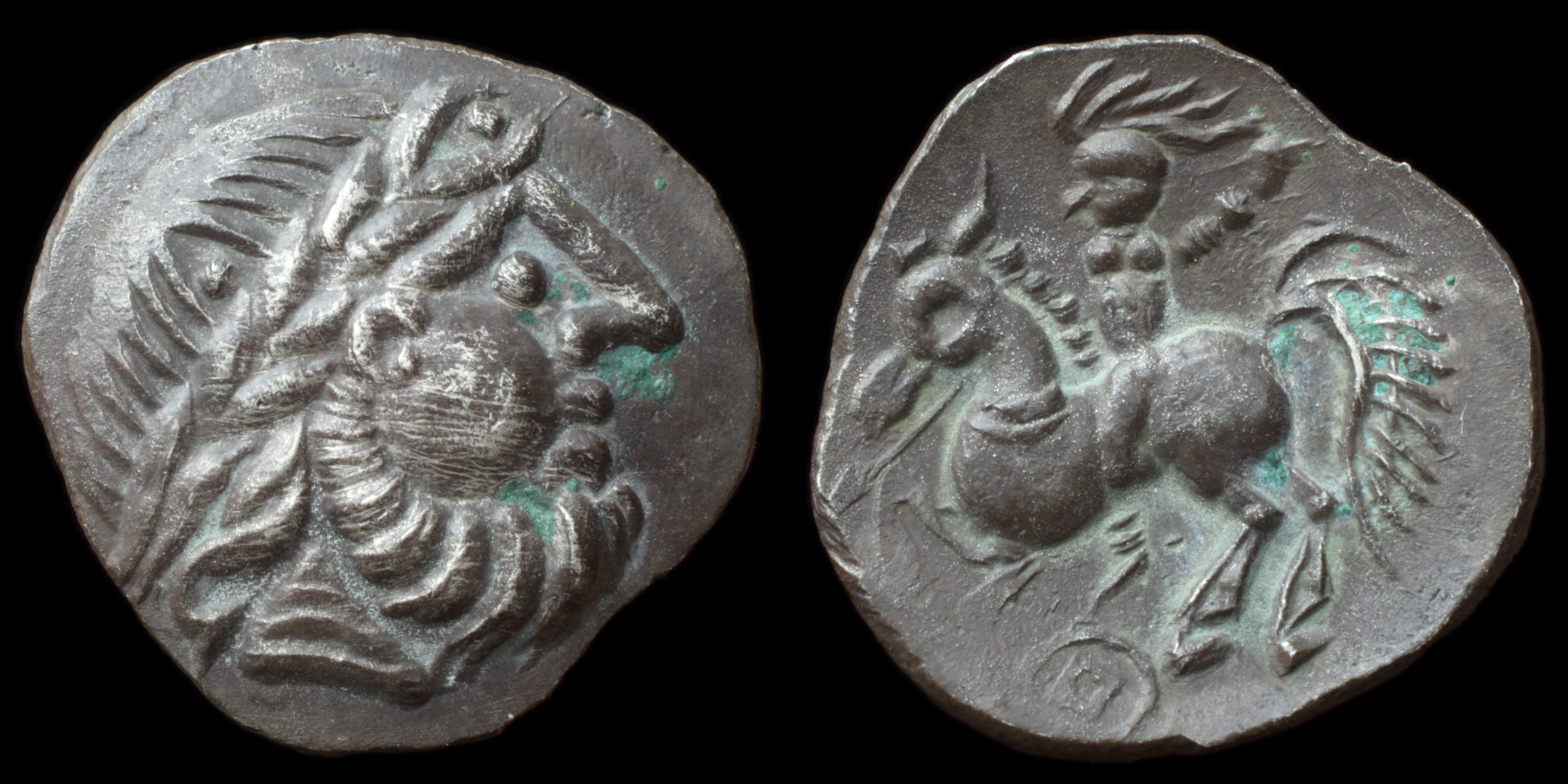Between 3000 BC and 2400 BC, Syrmia was at the centre of Indo-European Vučedol culture.
Celtic expansion reached the Carpathians in the beginning of the 4th century BC. The Celts established themselves in Pannonia, subjugating the Pannonians, and in the end of the 4th century they renewed raids into the Balkans. By the early 3rd century BC, Pannonia had been Celtiziced. The Celts, retreating from Delphi (280–278 BC), settled on the mouth of the Sava and called themselves Scordisci.
Sirmium was conquered by Romans in the first century BC and became the economic and political capital of Pannonia. Ten later Roman Emperors were born in Sirmium or nearby. They included Herennius Etruscus (227-251), Hostilian (230?-251), Decius Traian (249-251), Claudius II (268-270), Quintillus (270), Aurelian (270-275), Probus (276-282), Maximianus Herculius (285-310), Constantius II (337-361) and Gratian (367-383). These emperors were mostly Romanised Illyrians.
Celtic expansion reached the Carpathians in the beginning of the 4th century BC. The Celts established themselves in Pannonia, subjugating the Pannonians, and in the end of the 4th century they renewed raids into the Balkans. By the early 3rd century BC, Pannonia had been Celtiziced. The Celts, retreating from Delphi (280–278 BC), settled on the mouth of the Sava and called themselves Scordisci.
Sirmium was conquered by Romans in the first century BC and became the economic and political capital of Pannonia. Ten later Roman Emperors were born in Sirmium or nearby. They included Herennius Etruscus (227-251), Hostilian (230?-251), Decius Traian (249-251), Claudius II (268-270), Quintillus (270), Aurelian (270-275), Probus (276-282), Maximianus Herculius (285-310), Constantius II (337-361) and Gratian (367-383). These emperors were mostly Romanised Illyrians.
Modern location: Croatian Srijem and Serbian Srem
(1)
Scordisci

An
AR
Drachm
struck ~300-0 BC
in
Syrmia Region
Obverse: Head with point-eyes, ball-cheeks, neckbeard, and moon-shaped ear facing right, wearing a laurel-wreath.
Reverse: Horse to the left, circle above (mostly off flan)
Diameter:
19 mm
Die Orientation: 0 H
Weight: 1.4 g
Die Orientation: 0 H
Weight: 1.4 g
No notes for this coin
Kostial 506
(2)
Scordisci

An
AR
Tetradrachm
struck an unknown year
in
Syrmia Region
Obverse:
Reverse:
Diameter:
0 mm
Die Orientation: 0 H
Weight: 0 g
Die Orientation: 0 H
Weight: 0 g
No notes for this coin
No references provided for this coin
(3)
Scordisci

An
AR
Drachm
struck 300-100 BC
in
Syrmia Region
Obverse: laureate head of Zeus right (kugelwange)
Reverse: horserider left
Diameter:
15 mm
Die Orientation: -
Weight: 2.5 g
Die Orientation: -
Weight: 2.5 g
No notes for this coin
???
